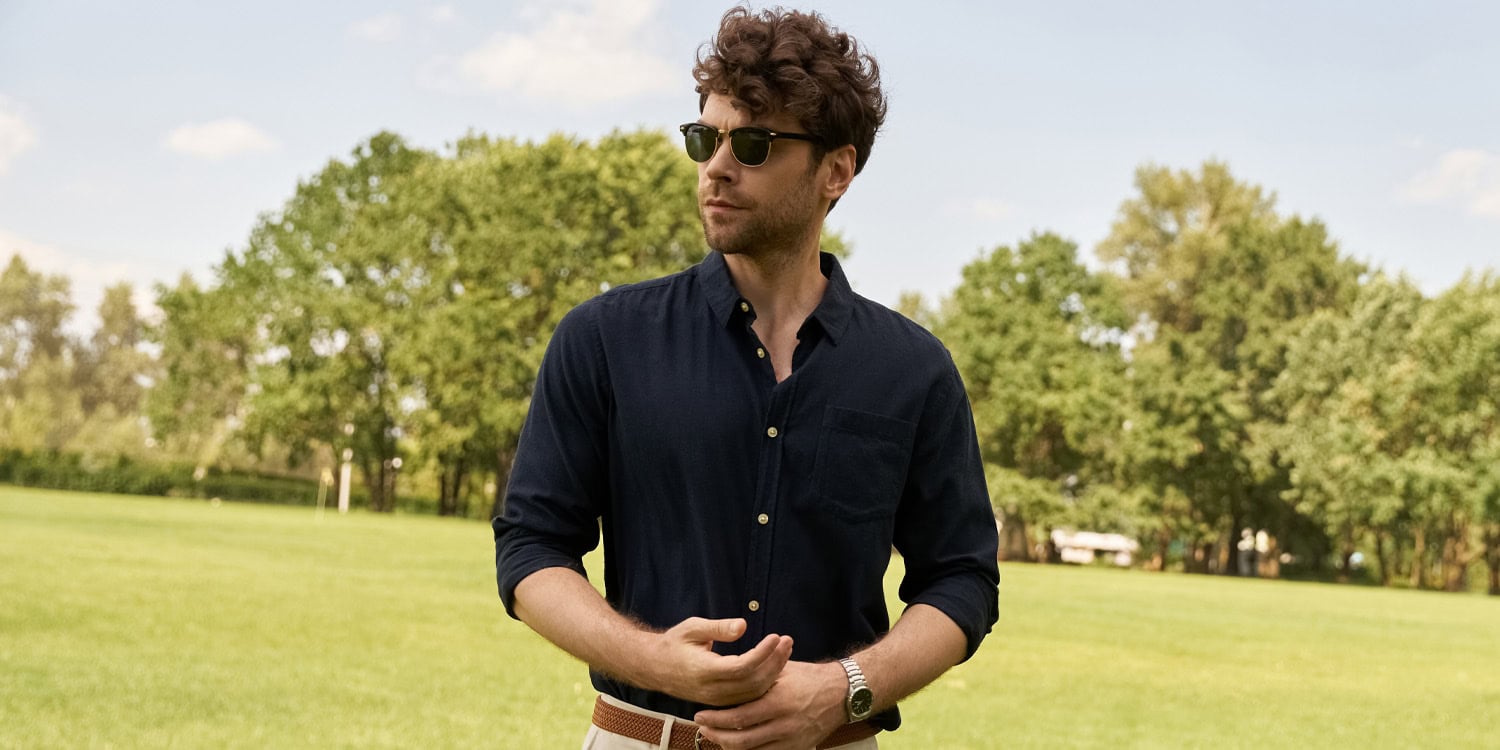New research published in Evolutionary Psychological Science found that exaggerated features in luxury goods can influence perceptions of men’s behavioral strategies.
Conspicuous consumption, where individuals display wealth through luxury products, could be a tool for social differentiation. Evolutionary psychologists tend to focus on its function in mate attraction, suggesting that men’s luxury displays signal potential paternal investment. In this work, Daniel J. Kruger investigated an alternative theory, proposing that some of men’s conspicuous consumption signals mating effort over paternal investment.
The researcher tested the phenotypic mimicry model, suggesting that the features of luxury goods, like large logos, can mirror secondary sexual characteristics. Across species, exaggerated features in males are linked to mating competition and reduced paternal investment. Thus, Kruger hypothesized that men with showier luxury goods would be perceived as prioritizing mating effort over parenting effort.
In Study 1, 357 ethnically diverse undergraduate students (62% women) participated in an online survey where they rated hypothetical male shirt owners based on images of Ralph Lauren polo shirts. The shirts featured four different logo conditions: no logo, a small logo, a medium logo, and a large logo. The logos were digitally manipulated so that only the size varied, while the shirt design remained consistent.
Participants rated the men on characteristics such as mating effort (energy spent attracting mates), parental investment (willingness to invest in family), attractiveness for brief sexual affairs or long-term relationships, and how they might achieve social status—either through dominance (intimidation) or prestige (cooperation and skill). They also assessed the perceived unpredictability or harshness of the men’s developmental environments. To reduce bias, the order in which the shirt images were presented was balanced based on participants’ birth month.
The findings confirmed that larger logos were associated with higher ratings of mating effort and lower ratings of parental investment. Men who owned shirts with large logos were perceived as more likely to pursue short-term sexual relationships and use dominance to gain social status, often through intimidation. In contrast, men who wore shirts with smaller or no logos were rated as more likely to invest in long-term relationships and parental effort, using prestige (cooperation and skill) to gain status.
Interestingly, participants rated men wearing no-logo shirts as having grown up in more unpredictable environments, which was unexpected. Despite being rated higher in parental investment, these men were perceived as less attractive for long-term relationships, possibly because the absence of a logo signaled lower social or economic status.
In Study 2, 133 undergraduate students (52% women) participated in a similar experiment, but instead of manipulating logo size, the researcher varied shirt color. Participants rated men wearing either a vividly colored shirt (blue and red) or a drab-colored shirt (khaki brown). The shirts were otherwise identical in design, with the logos resized to be the same in both images.
Participants were asked to evaluate the men on the same dimensions as in Study 1, including mating effort, parental investment, attractiveness for brief or long-term relationships, and social status strategies. The goal was to determine if vivid shirt coloration, akin to exaggerated physical traits in animals, would lead participants to perceive the men as more mating-oriented and less focused on parenting.
The results of Study 2 were consistent with Study 1. Men wearing the vividly colored shirts were rated higher in mating effort and lower in parental investment compared to those in drab-colored shirts. These men were also viewed as more likely to pursue brief sexual affairs and less interested in long-term relationships. Participants found them more attractive for short-term flings and saw them as more dominant, reinforcing the idea that conspicuous features, whether in color or logo size, signal mating strategies. Meanwhile, men in drab-colored shirts were rated higher in parental investment and more suited for long-term relationships.
Unlike Study 1, however, there was no significant difference in how participants perceived the unpredictability of the developmental environments between the two shirt colors. The vivid shirt owners continued to be seen as more likely to use dominance to achieve social status, similar to the findings of the first study.
Overall, the results from both studies demonstrated that conspicuous product features, such as logo size and coloration, influence how individuals are perceived in terms of their reproductive and social strategies.
One limitation was that the no-logo condition may have been perceived as non-luxury, thus not fully representing a subtle luxury display, which could have influenced participant responses.
The research, “Advancing the Understanding of Phenotypic Mimicry in Men’s Conspicuous Consumption,” was authored by Daniel J. Kruger.




